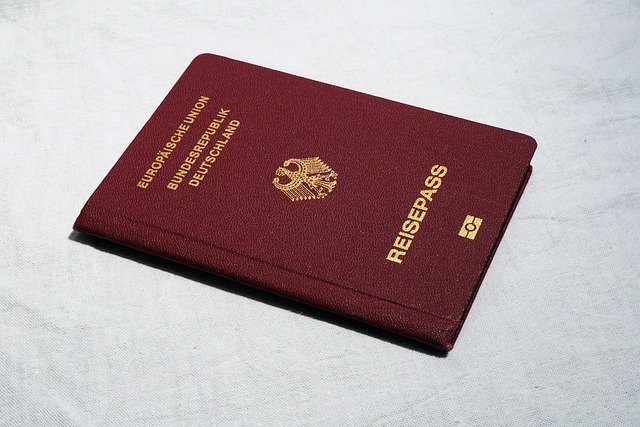How Canada Immigration Works: Visas, Permanent Residency, and Citizenship
Canada attracts people for work, study, family reunification, and protection. Immigration to Canada involves a mix of temporary and permanent routes, each with specific eligibility rules, required documents, and steps. Understanding the main categories—temporary visas, pathways to permanent residency, and the requirements for citizenship—helps applicants choose the right process and prepare realistic timelines and documentation.

What is immigration to Canada and who is eligible?
Immigration to Canada covers both temporary entry (visitors, students, workers) and permanent settlement (permanent residency). Eligibility depends on the program: economic streams assess skills, work experience, education, and language ability; family sponsorship assesses the relationship to a Canadian permanent resident or citizen; humanitarian streams consider protection needs. Provincial programs target regional labor needs. Applicants typically need identity documents, language test results, and police or medical clearances. Eligibility rules change, so verify requirements with official government sources or accredited local services before applying.
How does the visa system in Canada work?
A visa, in Canadian terms, commonly refers to temporary entry permits such as visitor visas, study permits, and work permits. Visitor visas authorize short stays for tourism or business. Study permits allow full-time study at designated learning institutions and often permit part-time work during study. Work permits can be employer-specific or open, depending on eligibility. Temporary residents must meet admissibility rules, including health and security checks. Many temporary pathways can lead to permanent residency, but transition requirements vary; applicants should track status and maintain legal status while in Canada.
How to obtain permanent residency in Canada?
Permanent residency (PR) grants the right to live, work, and access many benefits in Canada. Major routes include economic programs (Express Entry for skilled workers), Provincial Nominee Programs (PNPs) where provinces nominate applicants to meet local labor needs, family sponsorship, and humanitarian/refugee pathways. Economic programs generally require language testing (e.g., IELTS or CELPIP), an Educational Credential Assessment (ECA), and proof of work experience. Application steps include profile creation, nomination or invitation to apply, and submission of supporting documents. Processing times and eligibility criteria are program-specific and subject to updates.
How does Canadian citizenship differ from permanent residency?
Canadian citizenship is a legal status that provides the right to vote, obtain a Canadian passport, and hold certain public offices; permanent residents retain residency rights but cannot vote or hold passports. To apply for citizenship, applicants usually must be permanent residents who meet physical presence requirements, demonstrate language ability (for applicants aged 18–54), and pass a citizenship test on rights and responsibilities. Permanent residents must also ensure they meet residency obligations to maintain their status. Dual or multiple citizenship is allowed by Canada, but applicants should confirm whether their home country permits it.
What supporting documents and local services help an application?
Common supporting documents include valid passports, birth certificates, language test results, educational credential assessments, employment records, police certificates, and medical exams. Many applicants use accredited immigration consultants, licensed lawyers, or community organizations that provide free or low-cost advice. Local services can help with document translation, credential assessments, and preparing language exams or settlement support. When seeking help, check credentials: regulated immigration consultants or members of provincial law societies are authorized to represent clients. Verify fees, scope of service, and whether a provider is registered to avoid misinformation.
Practical considerations: timelines, costs, and processing tips
Processing times and costs vary widely by program, number of applicants, and the applicant’s country of origin. Fees typically include application processing fees, biometrics, medical exams, language testing, and credential assessments. Some applicants may also pay for police certificates, translations, and representative fees. Preparing complete applications with accurate documentation and meeting language and education requirements upfront reduces delays. Because fee structures and processing standards change, applicants should consult official government pages and reputable local services for current estimates.
Conclusion
Canada’s immigration system is multifaceted, balancing temporary entry and permanent settlement pathways. Prospective applicants should identify the route that matches their circumstances—whether study, work, family, or refuge—prepare required documentation, and stay updated on program criteria and timelines. Using authorized local services and official resources helps ensure applications meet current rules and improve clarity about next steps.






